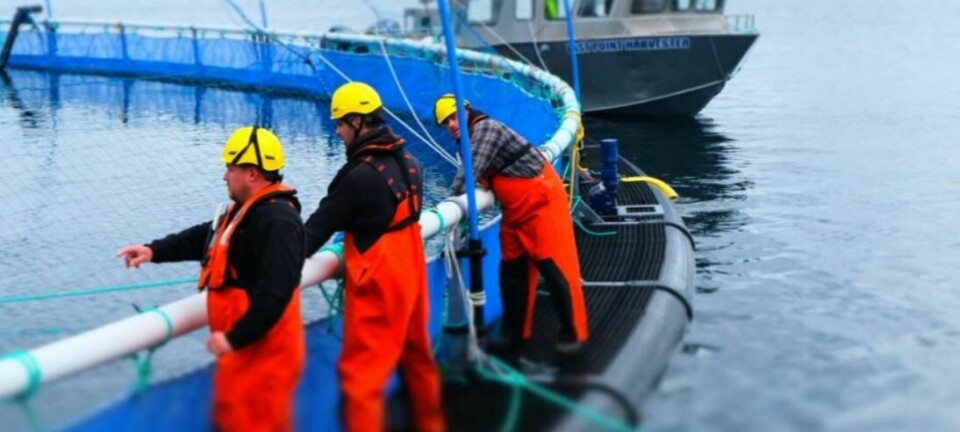
$100,000 on offer for krill alternative for salmon feed
The Future of Fish Feed (F3) has launched its newest aquaculture feed contest - the F3 Krill Replacement Challenge - this week to spark innovation for a substitute for krill in aquaculture feeds.
Up to 10 companies are invited to register for the contest that will award a US $100,000 grand prize for the krill replacement product that results in the best growth, feed consumption and survival during a 12-week feeding trial on Atlantic salmon. Registration is open until 31 August 2023.
“We are upping the stakes in our fourth challenge to the aquaculture industry to replace another critical marine animal ingredient in fish feed,” said Kevin Fitzsimmons, professor at the University of Arizona and chair of the Future of Fish Feed. “We invite innovators from the feed supplement, feed ingredient, and synthetic biology sectors to join us in advancing more sustainable aquaculture practices that will improve food security globally.”
Aquaculture feed
The F3 Krill Replacement Challenge is the fourth contest hosted by F3 and was motivated by scientific research that has shown sharp declines in krill populations by as much as 80% as a result of climate-induced changes in ocean temperature, currents, acidification and regional overfishing.
Krill is a popular aquaculture feed ingredient for its nutritional benefits and is thought to increase feed palatability and fish growth. As a result, the commercial krill fishery located in the Arctic and Antarctic has steadily increased production over the last decade from a high of 200,000 tons in 2010 to 450,000 tons in 2020. F3 said the rapidly expanding industrial fishery coupled with climate-induced stressors present considerable risks to the global krill supply.
A 2021 report in the journal Communications Biology showed a 50% decline in krill abundance over the last 60 years across the North Atlantic Basin associated with the region’s warming climate. Other recent studies found that increased fishing activity coupled with the impacts of climate change resulted in a decline in penguin population sizes and fewer humpback whale pregnancies in Antarctica.
Voluntary limits
On the other hand, Norwegian krill harvester Aker BioMarine has previously pointed out that the Antarctic krill fishery is one of the most sustainable reduction fisheries in the world and has been awarded an A-rating for seven years in a row by the Sustainable Fisheries Partnership, an independent, non-profit organisation responsible assessment of stocks and fisheries in the Pacific and Atlantic.
In 2018 nearly all krill companies operating in the Antarctic, including Aker BioMarine, agreed to voluntarily stop fishing in huge areas around the Antarctic Peninsula, including ‘buffer zones’ around breeding colonies of penguins, to protect Antarctic wildlife.
Foundation of food chain
A wide variety of marine life depends upon krill - tiny shrimp-like crustaceans at the base of the marine food chain - including whales, penguins, and commercially important wild fisheries like salmon, rockfish, squid, and sardines. Krill is also important for its role in removing carbon dioxide from the atmosphere.
The F3 contest will be run as a comparative feeding trial in which each competitor’s feed additive, attractant or other feed-enhancing product free of marine-animal ingredients will be incorporated into a F3-designed, plant-based feed for Atlantic salmon. To determine a winner, the F3 judges will compare salmon weight gain, feed-conversion ratio, and survival observed for each krill replacement product. A diet containing krill meal is also included in the trial as a control.
The challenge focuses on Atlantic salmon that are known by farmers to be finicky eaters. F3 said the krill replacement products have the potential to benefit many other farmed seafood producers seeking to enhance performance of “fish-free” feeds since krill is not only used to enhance nutrition, but also for its perceived attributes as an attractant and palatability improver.






















































